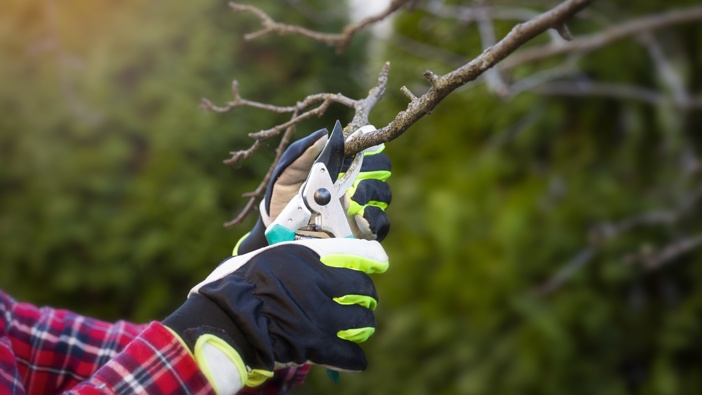I never expected that my degree in Forestry from Wageningen University would come in handy at this late stage of my life.
Thank you, Jack!
Pruning plants in the garden is something that most gardeners can learn reasonably quickly. Yes, there will be some mistakes along the way, but hey! That’s how you gain experience.
Hedges are the next stage up in competence – they are often large plants (or really small trees). The key to pruning hedges is to do it relatively frequently – say 3 times per year or even more. Every time to take a bit off the hedge, you cut the terminal buds off (the buds at the end of a twig or branch). This in itself causes the lateral buds, a little bit lower down, to grow out and take over from the terminal buds.
In the case of hedge plants, this will make them a lot more dense, especially if a few lateral buds will grow out at different levels, taking over from that one terminal bud you just removed.
Pruning trees is based on similar botanical systems, but tackling that big stuff requires a course or three in arboriculture, safety and balance.
Some trees are pretty easy to tackle: your plane tree is a great example. Go and visit Franklin Road in Auckland and you’ll see how you can pollard those monsters every few years by cutting them back to the required height, and keep them there for decades to come; the same with the willows in the Netherlands.
Pohutukawa are different again; they can be trimmed in a few ways. I saw an elaborate pruning gig going on at Ngapipi Road (off Tamaki drive), whereby a substantial pohutukawa was pruned like a hedge (no doubt complaints about interrupted views from the locals on the opposite side of the road).
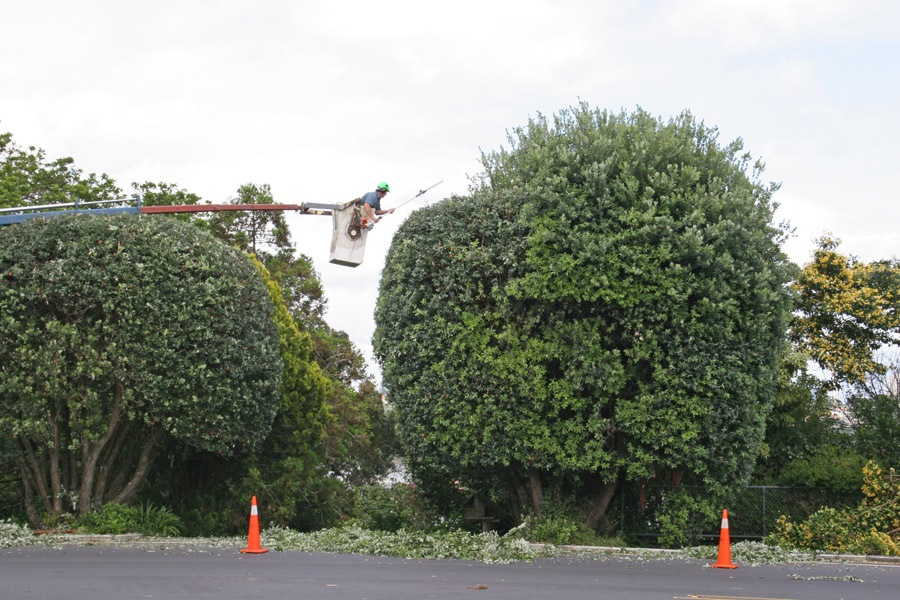
That might do the trick, but a pohutukawa is not naturally a dense hedge. Usually, it looks like a rather open tree with lots of space for birds to fly through.
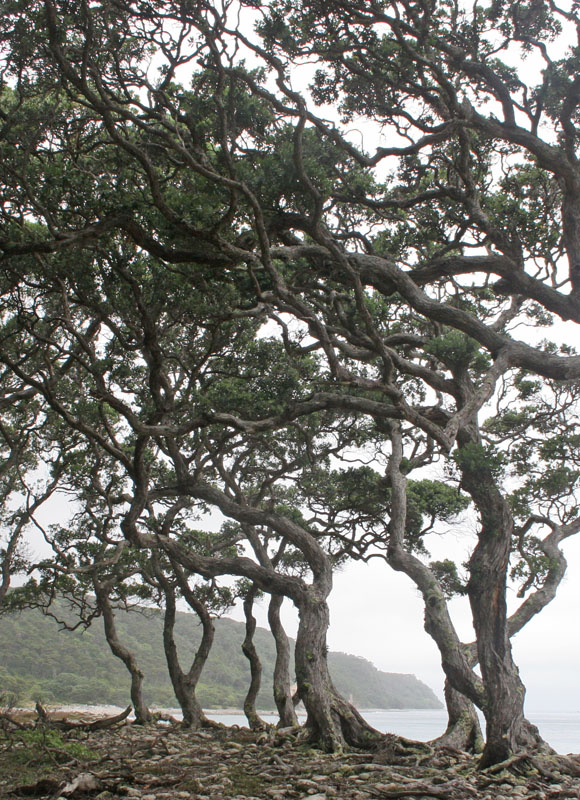
This is the way you maintain that open tree configuration: cut a few branches out of the middle and pick them at various heights so it doesn’t look too bland and butchered.
Remember, every tree has its own “natural” look. It pays to trim it in such a way that it will maintain that look.
Here is a schematic picture of how I would suggest pruning such trees and keep them looking good.
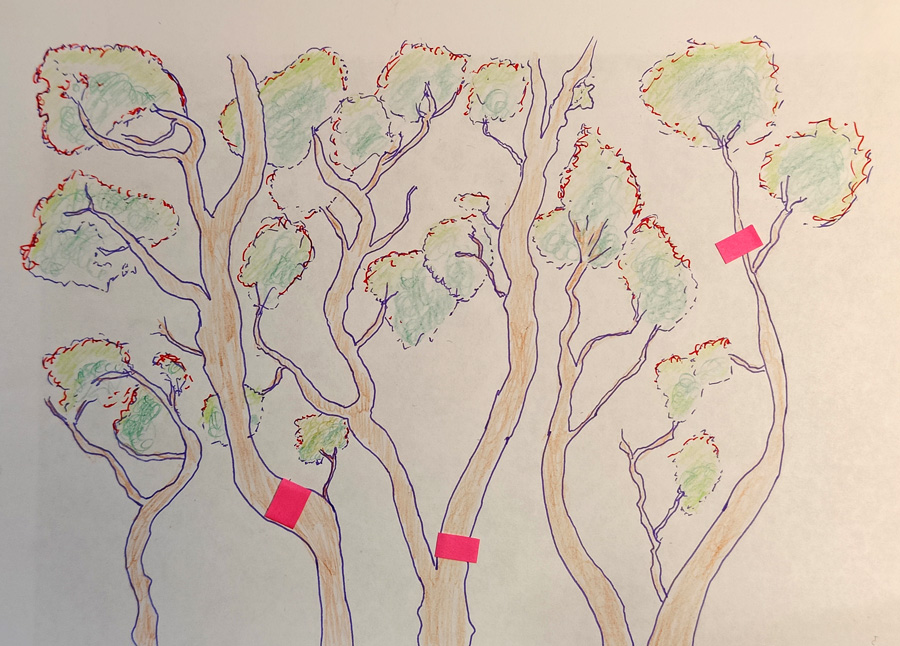
1) It's always best to start pruning a tree early; the smaller the wound, the faster it heals, and there is less reactive growth.
2) When you want to reduce a tree, it's best to start when it's approx 1-2 meters taller than you want it.
3) If trees are important in your garden and in your life, sniff out an experienced arborist who loves the trees just as much as you do. Look for arborists that are members of the NZArb association - It's probably best to avoid having work done by someone who comes door-knocking.
4) Spend some time running through the way the job will be executed; you can make it “arty”.
5) Have a chat to the neighbours about what the plans are and why (privacy, biodiversity, bird food).
6) Take the day of the “operation” off work and be part of the team as much as possible.
Honestly: it’s the way to achieve the best possible outcome for your garden, the trees, the planet!
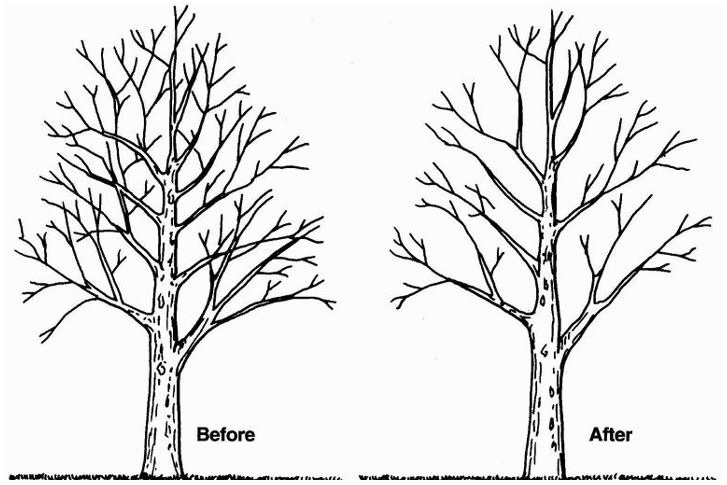 “Thinning” Photo / ISA (International Society of Arboriculture)
“Thinning” Photo / ISA (International Society of Arboriculture)
LISTEN ABOVE
Take your Radio, Podcasts and Music with you

